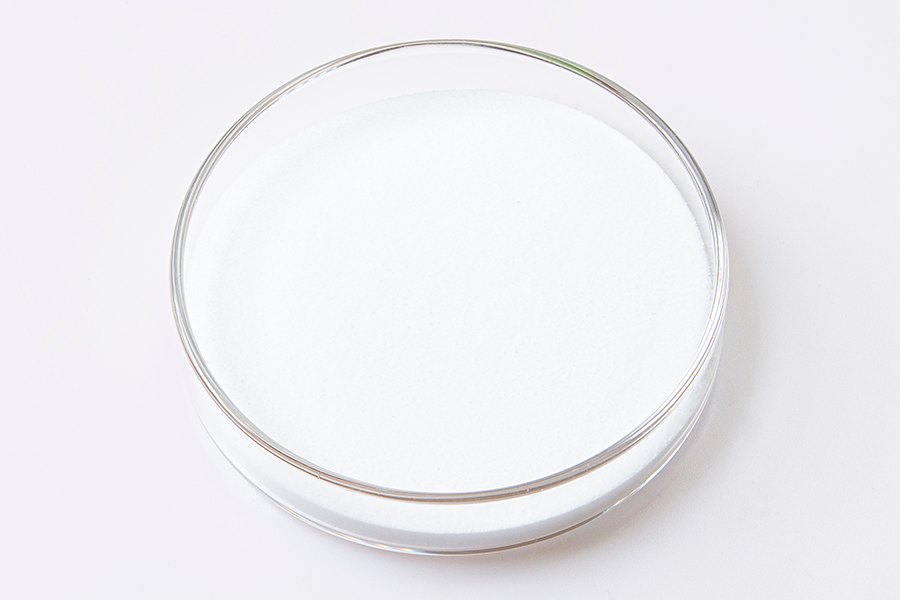the citric acid cycle, respiratory chain, and fat synthesis
the citric acid cycle, respiratory chain, and fat synthesis

Niacin is found in all plant and animal feed ingredients; rich sources include dry feed yeast, wheat bran, peanut meal, sunflower meal and fish pulp, while poor sources include dairy products, cassava, soybean and flaxseed meal, oats, rye and corn. Pigs and poultry have a low capacity to utilize nicotinic acid from grain and milling by-products. Mammals can synthesize nicotinic acid to a limited extent from tryptophan; pigs require about 50-60 mg of tryptophan to produce 1 mg of nicotinic acid. Niacin and nicotinamide are components of the coenzymes NAD and NADP, involving in the synthesis and breakdown of carbohydrates, fats and proteins. Niacin deficiency will interfere with glycolysis, the citric acid cycle, respiratory chain, and fat synthesis. Its symptoms include skin abnormalities, gastrointestinal disorders, growth retardation, feather development problems, decreased egg production, mucosal inflammation and ulceration, and joint changes. In dogs, the typical symptom is black tongue disease. High doses of nicotinic acid can cause vasodilation. In rats, the LD50 is 7 grams per kilogram of the body weight.
| Ingredient |
Niacin
|
| How to use |
Please inquire
|
| Package |
25 kg bag
|
| Expiry Date |
Unopened, store for 36 months
|